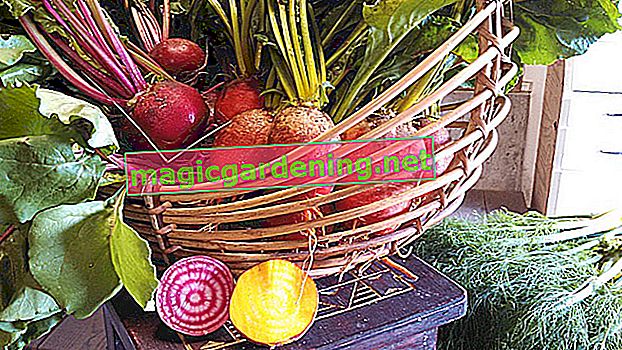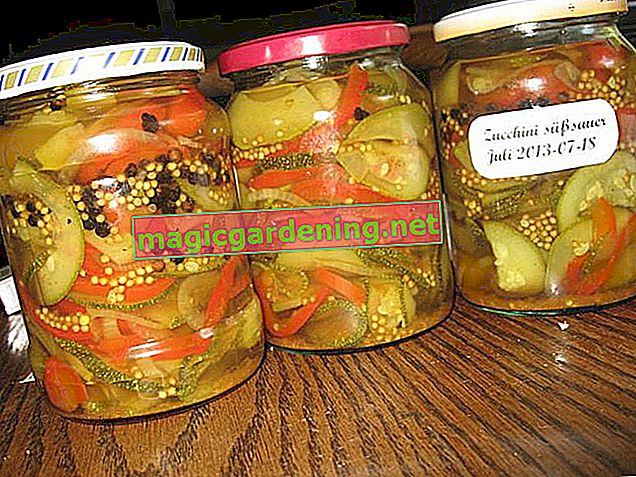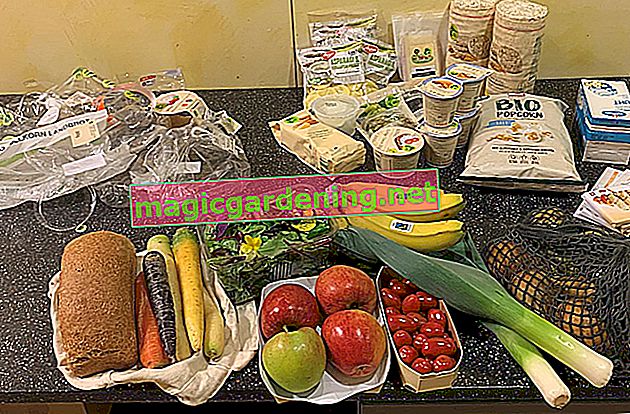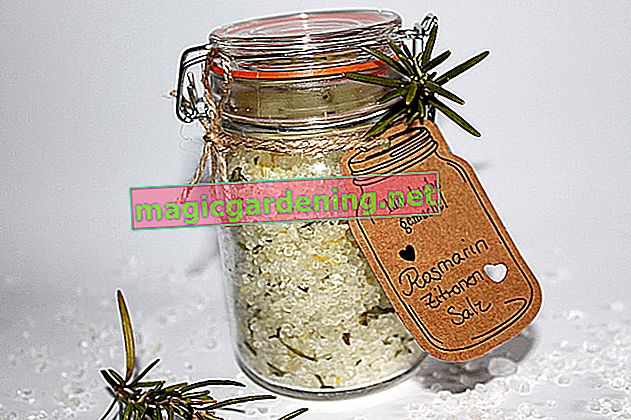
Look for fresh seeds
In contrast to many other types of seeds, parsnips can only germinate for around a year under normal conditions. It is therefore essential to ensure that you have fresh seeds before sowing parsnips. Also, seed sachets from dealers are usually printed with a date on which the freshness can be easily determined.
also read
- The two seasons of the parsnip harvest
- How to properly sow parsnips
- You can harvest your parsnips fresh from the bed for months
Sow directly in spring or not until summer
Parsnips can be grown for two different seasons of use. The roots of parsnips sown in early spring should be harvested for fresh consumption as early as September. On the other hand, if you do not sow until June, you can harvest the parsnips fresh from the bed as winter vegetables throughout the winter.
Good ground preparation is half the battle
In order to enable the long parsnip roots to develop well, you should definitely loosen the soil before sowing. Parsnips grow on loamy and sandy soils as well as on bog soils, but it should be a humus soil. Manure fertilization should already be done in autumn, otherwise fresh manure attracts the dreaded carrot fly.
Good growth also needs space
Parsnips shouldn't be too close together if their roots are to develop optimally. You can sow the seeds in rows with a distance of about 30-50 cm, but you should later thin out the plant stock to each plant 5-10 cm. This is only possible after about 3 weeks at the earliest, as parsnip seeds usually take that long to germinate.
Careful care will result in a rich harvest
Basically, parsnips have no special care requirements during their long cultivation period of around 160 to 200 days. However, the soil should always be kept as moist as possible and weeds should be removed from time to time so that the parsnips are not overgrown. Since the parsnip leaves can cause skin irritation if touched, you should wear gloves.
Tips & Tricks
Instructions for parsnip culture can also be found in old horticultural books. However, there it is often referred to by popular names such as “Moorwurzel” or “Mutton carrot”.








